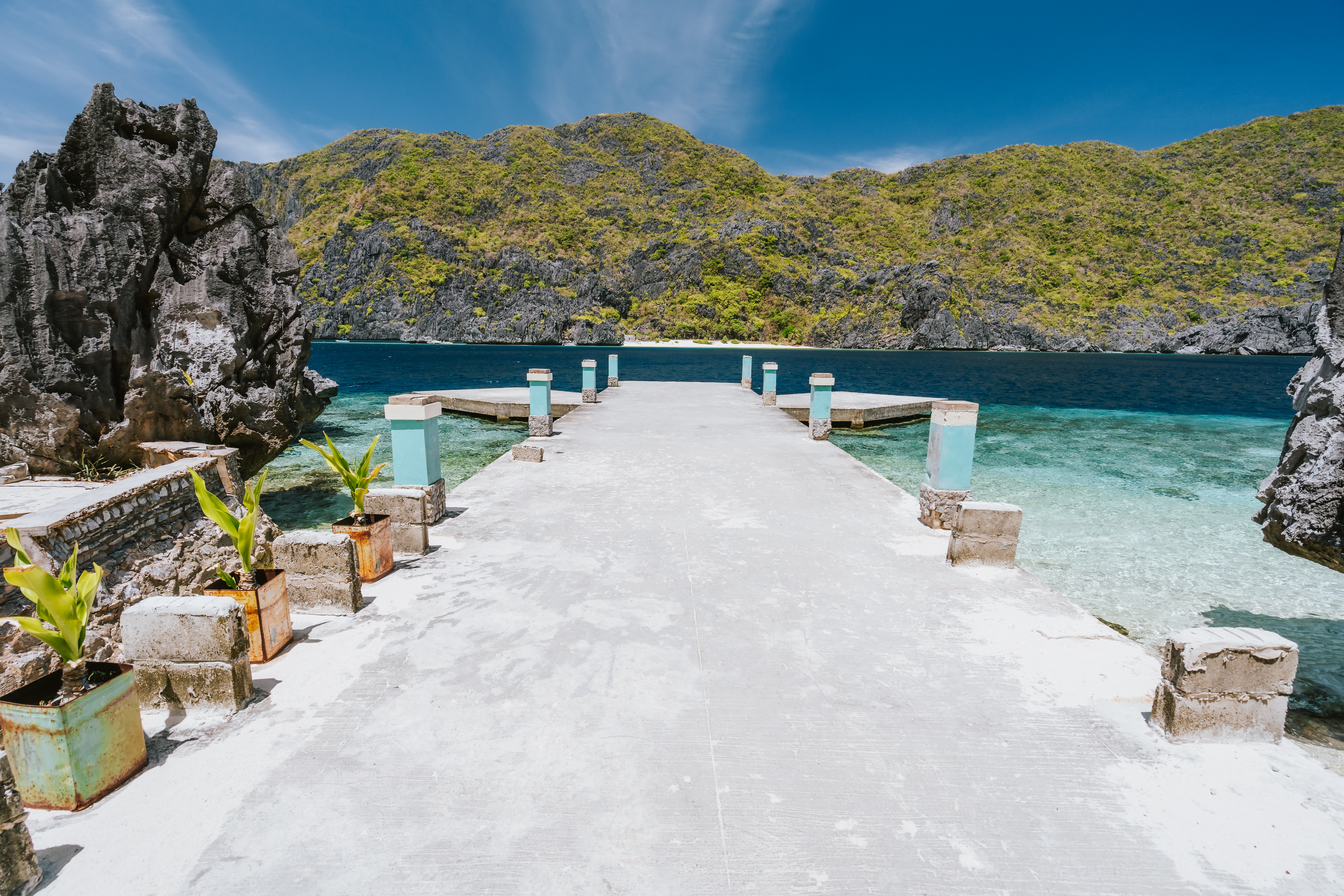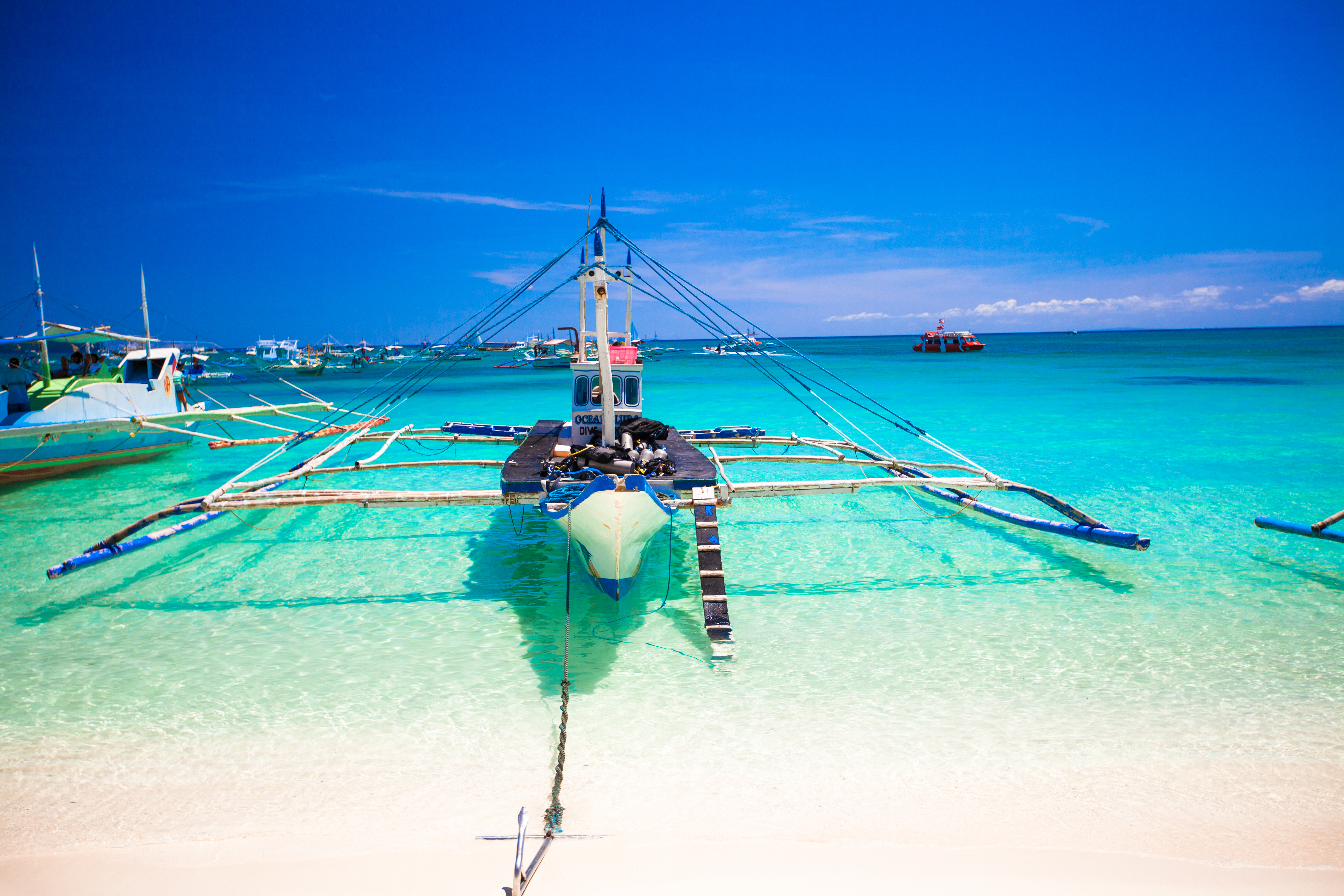
Reading Time: minutes
The hospitality and leisure sector of real estate is looking forward to the recovery of the industry as the Philippine government continues to ease domestic travel restrictions. With a steady vaccination rollout and the continuous decline in active COVID-19 cases in the country, more provincial and local government units reopen borders to accommodate leisure travelers and jumpstart its economy.
This gradual recovery is expected to boost as the Department of Tourism (DOT) announced its plan to allow international tourists from “green list” countries to enter the Philippines, in addition to the planned implementation of forming travel bubbles with Japan, South Korea, and Vietnam. DOT will also host the World Travel and Tourism Council (WTTC) in March 2022 to signal the grand reopening of the country’s tourism industry to the rest of the world. According to DOT Secretary Berna Romulo-Puyat, this event is expected to be the biggest international tourism event that will welcome some 600 high-level delegates.
“This is really a high-level (event) that, hopefully, will jumpstart the opening of the tourism industry again. It is good that it is being held in the Philippines, since Asia is the most conservative in terms of opening (the tourism industry). It’s a good signal that we are opening the tourism (industry) to the rest of the world,” she said.

Recovery for the hardest hit sector
The local hospitality sector was one of the hardest hit sectors since the beginning of the pandemic. In a 2020 investor sentiment survey conducted by KMC, the hotel and leisure sector expressed a pessimistic look on its rebound for 2021. According to a report by the Bureau of Immigration, there is a stark difference demonstrated by the 893,886 visitors who arrived from January to September, compared to the 3.2 million arrivals recorded during the same period in 2020.
“The pillars of the Philippine economy fared better than expected,” KMC Managing Director Michael McCullough noted. “Except for tourism, the BPO revenue and OFW remittances continue to scaffold the economy throughout the pandemic,” he said in a recent webinar organized by the firm.
READ MORE: PH Real Estate To Bounce Back In 2022

Investing in Hospitality Properties in the Philippines
Investors are capitalizing on this anticipated reopening and are taking advantage of acquiring properties in world-renowned destinations in the Philippines, including Boracay. In a separate KMC survey, local investors also share plans of focusing their portfolio on local office, residential, and hospitality real estate properties as optimism picks up since the COVID-19 situation in the Philippines continue to improve.
"Allowing tourists from green countries or territories that have the majority of its population vaccinated and with low infection rate, will greatly help in our recovery efforts--increasing tourist arrivals and receipts among others. This move will likewise aid in bolstering consumer confidence, which is a large contributor to our gross domestic product or GDP growth," Secretary Puyat said.
The DOT, along with the Hospitality and Leisure real estate sector in the country remains “optimistic that this transient situation will soon be over and that with the collective effort of the private and public sectors, the Philippine tourism industry will emerge bigger, better, and more resilient in the new normal.”

